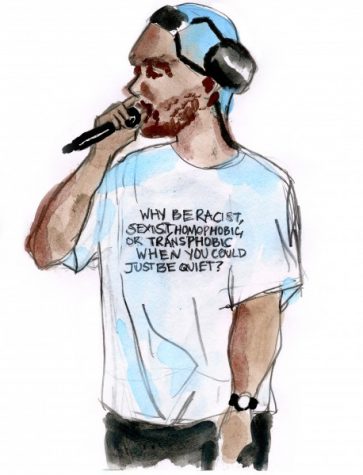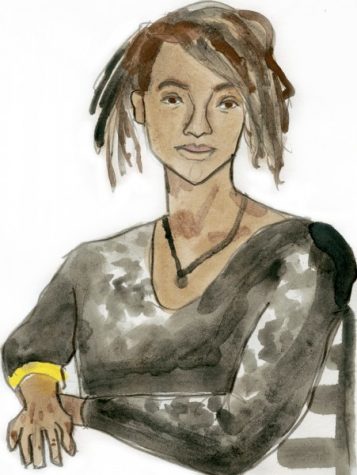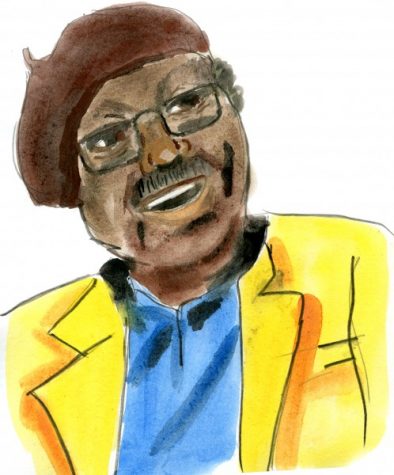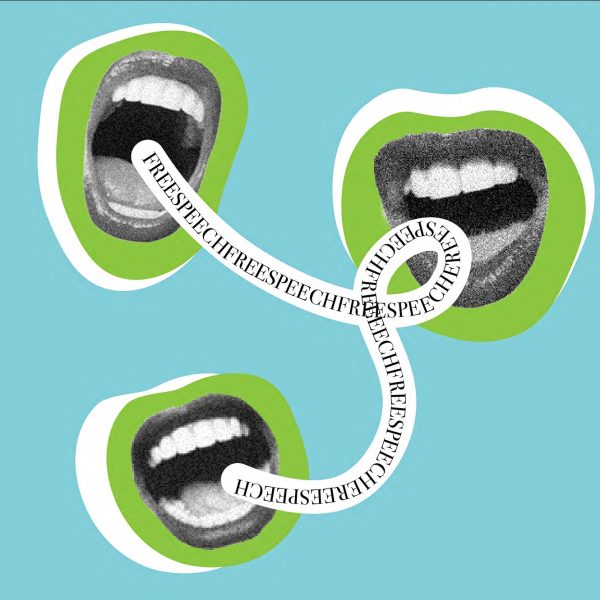Celebrating Black excellence in Southern art
February 14, 2019
New Orleans’ influence in music is well known – after all, it was Black New Orleanians who invented jazz music. Louis Armstrong may be a household name, but Black History Month is a great opportunity to recognize other Black artists, musical and otherwise, who contributed so immensely to the culture of New Orleans and the South in general.

Frank Ocean
“That dry spell broke only after [Ocean] reconnected with a childhood friend from New Orleans who was going through difficult times. That conversation, he said, ‘made me feel as though I should talk about the way I grew up more.’”- The New York Times
Frank Ocean grew up in New Orleans and attended UNO for a year to study music, before moving to Los Angeles after Hurricane Katrina.
It is hard to be neutral or indifferent about Ocean, considering the cultural phenomenon that his music has become. Each album release is an event: his mixtape “Nostalgia, Ultra” came out in 2011, followed by “Channel Orange” in 2012 and “Blonde” in 2016.
Ocean is incomparable to any other musician in the industry. His soulful voice and unapologetic way with words, often an introspective, emotionally tormented stream of consciousness, make him who he is. His music includes themes questioning reality and religion, praying for God and musing over his childhood and past loves. The ethereal quality of his music has captured a young generation, dismissing race, gender and sexuality. He has created a space all his own.
On “Channel Orange,” the tracks are connected by radio static as if switching the radio station. On “Forrest Gump,” Ocean sings over a simple melody while claiming his infatuation with a boy he calls Forrest Gump. On “Pink Matter,” he questions whether the “sky and the stars are for show, and the aliens are watching live.”
“Channel Orange” is about creating fiction, such as the Cleopatra, which Ocean references in “Pyramids.” “Blonde,” on the other hand, is a nod to the past – childhood, past loves – as Ocean looks inward instead of spinning stories and creating characters.
Opener “Nikes” is deeply emotional, sort of like Tumblr come to life. The music video features A$AP Rocky, a devil, twin schoolgirls and a girl on a white horse. There’s a lot of nakedness, white bodies, Black bodies, young and old. Gender seems almost irrelevant. Ocean appears intermittently, first with heavy black eyeliner, leaning against a car, sipping from his styrofoam cup.
The ending tracks are soulful, ethereal and contemplative. “White Ferrari” and “Seigfried” sound like streams of consciousness. In “Godspeed,” Ocean appears to be leaving a friend – possibly a nod to leaving New Orleans and moving to Los Angeles.
“You look down on where you came from sometimes
But you’ll have this place to call home, always”- Godspeed

Kara Walker
Walker is an artist from Georgia, but her art focuses on the Antebellum South, and the motifs of her work – slavery, racism, oppression, violence – are certainly relevant to New Orleans and Louisiana as a whole. Walker studied at the Rhode Island School of Design and her work has appeared at the MoMA and the Met.
Walker’s art is predominantly morbid scenes featuring cutout silhouettes representing white and Black characters during the Antebellum period, however, her art was not always focused on race.
Initially, Walker was hesitant to address race in her work, but eventually felt that what she was creating wasn’t authentic and did not tell the story she needed to tell.
“[A]s a Black woman seeking a position of power I must first dispel with (or at least reckon with) the assumption (not my own, but given to me like an inheritance) that I am amoral, beastly, wild,” Walker said in an interview with the New Yorker. She chose to rename one of her shows “After the Deluge” in reference to Hurricane Katrina, as the themes of Black identity, poverty and catastrophe were interwoven in the pieces.
Ernest Gaines

Gaines was born in 1933 to a family of sharecroppers in Louisiana. After discovering a passion for
literature, Gaines noticed that there were no stories about people with similar backgrounds as him, so he began to write his own.
Many of Gaines’ stories reference the imaginary community of Bayonne, Louisiana, which is modeled after his own home of Pointe Coupee Parish. He finally reached international prominence after he published “The Autobiography of Miss Jane Pittman,” a fictional, first-person narrative taking readers through 110 years of Black history in America.
Gaines is perhaps best known for his novel “A Lesson Before Dying,” whose television adaptation won the 1999 Emmy Award as Best Movie for Television. Most recently, his series on Black life in rural Louisiana has taken shape in 2017’s “The Tragedy of Brady Sims.” Gaines is currently the Writer-in-Residence at the University of Louisiana at Lafayette.
These New Orleanian and Southern Black artists have had notable contributions to both Southern and, more broadly, American culture. Black History Month is a great time to celebrate them and other Black artists, but their lives and work should be recognized all year long.



















Leave a Comment